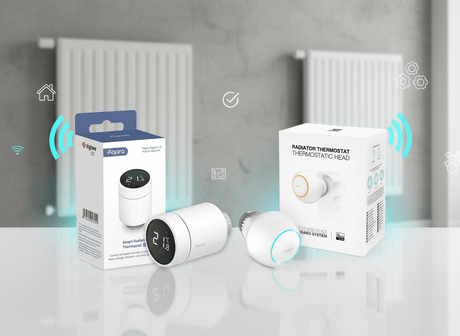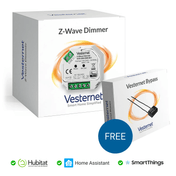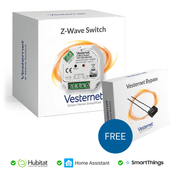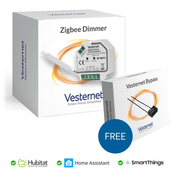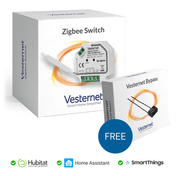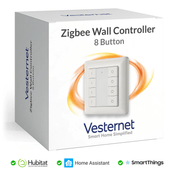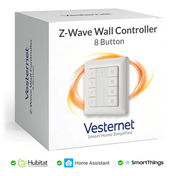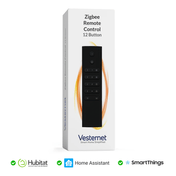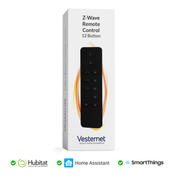Indoor air pollution can be up to five times worse than outdoor air, yet most people spend 90% of their time indoors without knowing the true quality of the air they breathe. With rising concerns about respiratory health, allergies, and long-term exposure to harmful pollutants, comprehensive indoor air quality assessment has become essential for creating healthy indoor environments.
Professional-grade air quality testing services now provide real-time insights into multiple pollutants simultaneously, from volatile organic compounds (VOCs) and particulate matter to carbon dioxide and humidity levels. These advanced sensors deliver detailed data logging capabilities and smart home integration, enabling proactive environmental health management and automated responses to air quality changes.
- Multi-parameter monitoring across 9+ environmental factors
- Real-time data logging with historical trend analysis
- Smart home integration for automated responses
- Professional-grade accuracy for health-critical decisions
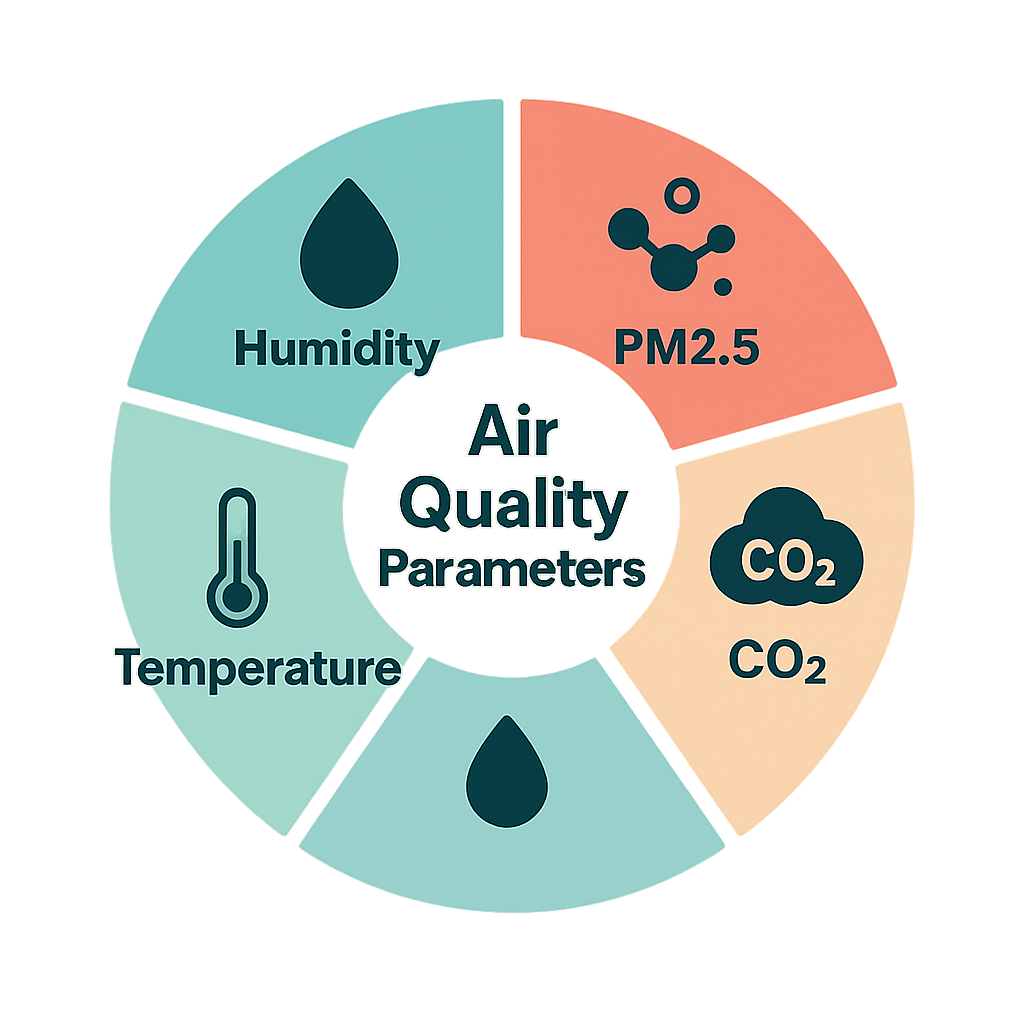
1. Multi-Parameter Detection Capabilities
Effective indoor air quality assessment requires monitoring multiple pollutants simultaneously rather than focusing on single parameters. Professional iaq testing tools now integrate sensors for TVOC, PM2.5, CO2, temperature, humidity, and additional factors like smoke, noise, and motion detection to provide comprehensive environmental analysis.
Essential Parameters for Complete Assessment:
- Volatile organic compounds (TVOC) for chemical pollutant detection
- Particulate matter (PM2.5) for airborne particle measurement
- Carbon dioxide (CO2) levels indicating ventilation adequacy
- Temperature and humidity for comfort and health optimisation
2. Sensor Accuracy and Measurement Ranges
The precision of your air quality testing services depends heavily on sensor accuracy and appropriate measurement ranges for your environment. CO2 monitors typically offer 0-2000ppm ranges for residential applications, while PM2.5 detectors measure 0-999.9 µg/m³ to capture fine particulate matter that poses the greatest health risks.
Calibrated sensors ensure reliable data for health-critical decisions, particularly when monitoring vulnerable family members or documenting environmental conditions for professional consultations. Higher-precision instruments justify their investment through consistent, actionable measurements over time.
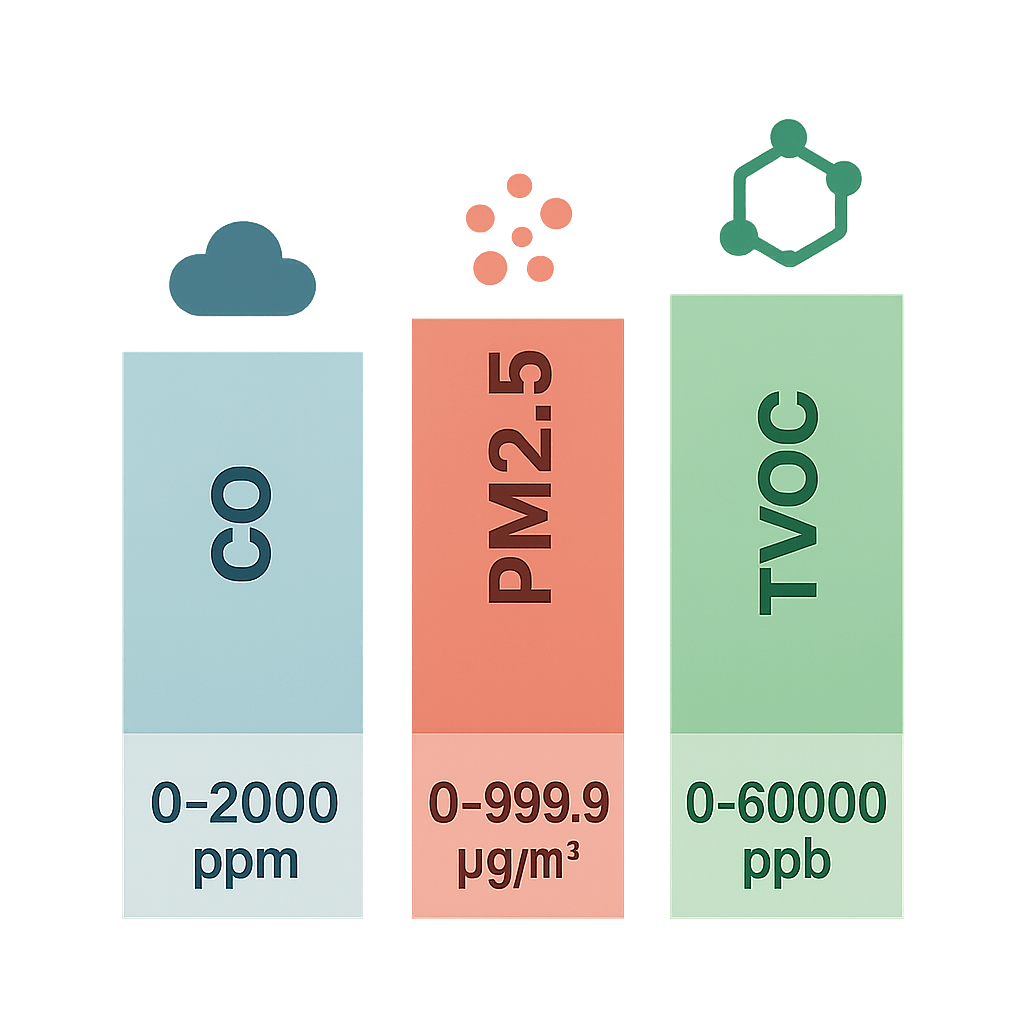
Key Accuracy Considerations:
- Measurement repeatability across different environmental conditions
- Factory calibration standards and recalibration requirements
- Response time for detecting rapid air quality changes
3. Real-Time Display and Visual Feedback Systems
Immediate visual feedback enables quick identification of air quality issues and prompt responses to changing conditions. TFT display screens showing multiple parameters simultaneously provide at-a-glance environmental status, while colour-coded indicators simplify interpretation for all family members.
Display Features That Enhance Usability:
- Multi-parameter screens showing comprehensive data simultaneously
- Colour-coded alerts for quick visual assessment
- Historical graphs displaying trend information
- Clear numerical readings for precise monitoring
4. Smart Home Protocol Compatibility
Protocol compatibility determines how effectively your indoor air quality assessment tools integrate with existing smart home systems. Z-Wave Plus and Zigbee 3.0 offer robust mesh networking capabilities, ensuring reliable communication and enabling sophisticated automation responses to air quality changes.
Choose protocols that support your long-term smart home expansion plans, considering device interoperability, range requirements, and ecosystem compatibility with platforms like HomeKit, Google Home, and Alexa for comprehensive environmental management.

- Z-Wave Plus for reliable mesh networking and extended range
- Zigbee 3.0 for broad device compatibility and energy efficiency
- WiFi connectivity for direct smartphone integration
5. Data Logging and Historical Analysis Features
Comprehensive data storage transforms occasional measurements into meaningful environmental insights. Professional air quality testing services require detailed historical analysis to identify patterns, track improvement efforts, and create evidence-based strategies for maintaining optimal indoor conditions.
Essential Data Management Capabilities:
- Continuous data logging with customisable intervals
- Trend analysis showing daily, weekly, and monthly patterns
- Export functionality for professional consultations
- Cloud storage options for long-term data preservation
6. Automated Alert and Notification Systems
Customisable alarm thresholds and mobile notifications provide immediate warnings when air quality degrades beyond safe levels. These automated systems enable rapid response to hazardous conditions, particularly important for protecting vulnerable family members or maintaining healthy environments during sleep hours.
Smart notification systems can differentiate between minor fluctuations and serious concerns, reducing false alarms while ensuring critical alerts reach you promptly through multiple communication channels including smartphone apps, email, and smart home announcements.
- Customisable threshold settings for each monitored parameter
- Multi-channel notification delivery for reliable alerts
- Graduated warning levels from caution to critical
7. Installation Flexibility and Placement Options
Optimal sensor placement significantly affects measurement accuracy, making installation flexibility crucial for effective indoor air quality assessment. Wall-mounted units provide permanent monitoring positions, while portable devices enable targeted testing in multiple locations throughout your property.
Installation Considerations:
- Wall mounting for stable, long-term monitoring positions
- Portable designs enabling multi-room assessment
- Plug-in options requiring minimal installation effort
- Battery operation for areas without convenient mains power
8. Advanced Automation and Control Integration
Professional iaq testing extends beyond monitoring to automated environmental control. Advanced systems trigger immediate responses like HVAC adjustments, air purifier activation, or ventilation controls when air quality parameters exceed safe thresholds.
Integration with comprehensive smart home platforms enables sophisticated automation scenarios, such as automatically opening windows when outdoor air quality is better than indoor conditions, or activating mechanical ventilation during high-pollution events to maintain healthy indoor environments.
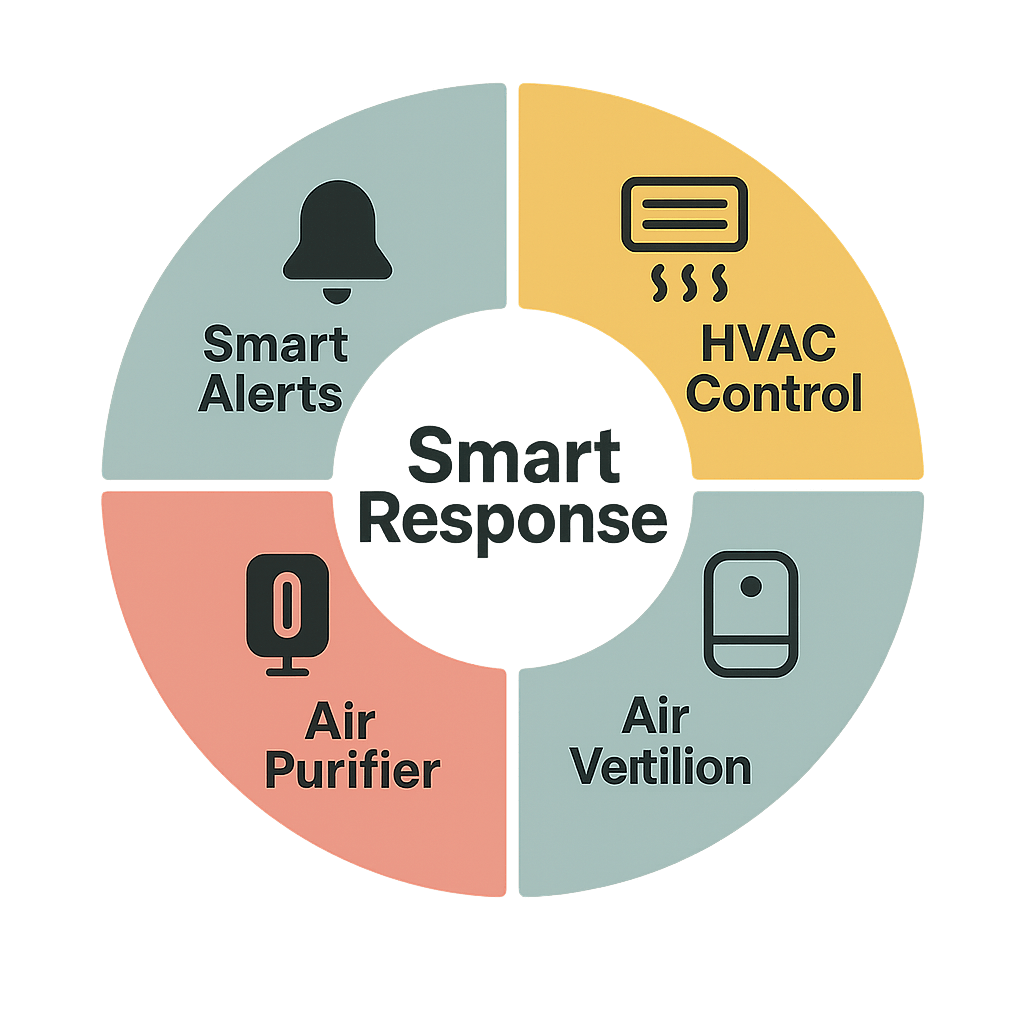
Automation Capabilities:
- HVAC system integration for automatic ventilation control
- Air purifier activation based on pollution levels
- Smart window and blind control for natural ventilation
9. Power Supply and Maintenance Requirements
Power supply choices affect both placement flexibility and long-term reliability of your air quality testing services. Mains-powered units provide continuous operation without battery replacement concerns, while battery-operated devices offer installation freedom in locations without convenient electrical access.
Power and Maintenance Factors:
- 230V mains power for permanent installations
- Battery operation offering placement flexibility
- Low-maintenance designs with minimal calibration needs
- Sensor longevity and replacement availability
10. Professional-Grade Reporting and Documentation
Comprehensive reporting capabilities support health assessments, compliance documentation, and professional consultations. Export formats including CSV, PDF, and graphical reports enable sharing detailed air quality data with healthcare providers, building inspectors, or environmental consultants.
Professional presentation features help communicate findings effectively, whether documenting rental property conditions, supporting insurance claims, or providing evidence for health-related concerns requiring medical or environmental professional involvement.
- Detailed PDF reports with graphs and trend analysis
- CSV data export for advanced analysis
- Professional presentation formats for consultations
11. Environmental Durability and Long-Term Reliability
Build quality and environmental tolerance determine measurement accuracy and device longevity across varying indoor conditions. Professional-grade sensors maintain calibration stability through temperature fluctuations, humidity changes, and extended operation periods.
Durability Requirements:
- Wide operating temperature ranges for diverse environments
- Humidity tolerance preventing condensation damage
- Sensor stability maintaining accuracy over years
- Robust construction suitable for commercial applications
Our Professional Air Quality Monitor Recommendations
MCO Home Multi Sensor - Premium Multi-Parameter Solution
For comprehensive multi-parameter monitoring, the MCO Home Multi Sensor stands out as a premium solution featuring 9 integrated sensors including PM2.5, CO2, VOC, temperature, humidity, motion, illumination, noise, and smoke detection with a clear 3.5-inch TFT display. This professional-grade device offers the most complete indoor environment assessment in a single unit.
Aqara TVOC Air Quality Monitor - Budget-Friendly TVOC Detection
Budget-conscious users seeking reliable TVOC monitoring will find excellent value in the Aqara TVOC Air Quality Monitor, which provides essential volatile organic compound detection alongside temperature and humidity measurements in a compact, portable design with Zigbee 3.0 compatibility for broad smart home integration.
MCO Home Specialised Sensors - Targeted Parameter Monitoring
For specialised particulate matter assessment, the MCO Home PM2.5 Air Quality Monitor delivers precise particle detection with 0-999.9 µg/m³ measurement range, while the companion CO2 Sensor provides dedicated carbon dioxide monitoring with 0-2000ppm range and built-in VOC detection capabilities.
Frient Air Quality Sensor - Wireless Flexibility
Users prioritising battery operation and wireless flexibility should consider the Frient Air Quality Sensor, which offers comprehensive air quality monitoring including organic chemical detection, humidity, and temperature measurement without requiring mains power connections, making it ideal for rental properties or temporary monitoring applications.
Conclusion
Implementing comprehensive indoor air quality assessment transforms your understanding of environmental health, enabling data-driven decisions that protect your family's wellbeing. The right combination of monitoring tools provides early warning systems for air quality issues while supporting automated responses that maintain optimal indoor conditions without constant manual intervention.
Start your air quality journey by identifying your primary concerns - whether that's allergen management, VOC detection, or general environmental monitoring. Begin with one key parameter that addresses your main health concerns, then expand your monitoring capabilities as you better understand your indoor air patterns and improvement opportunities.
- Identify priority pollutants based on your health concerns
- Start with comprehensive multi-parameter monitoring
- Integrate automation for proactive environmental control
- Expand capabilities based on initial findings






